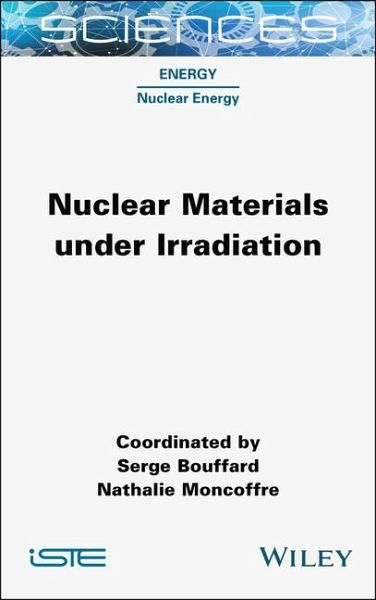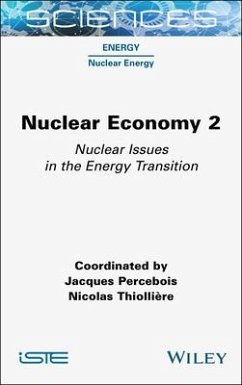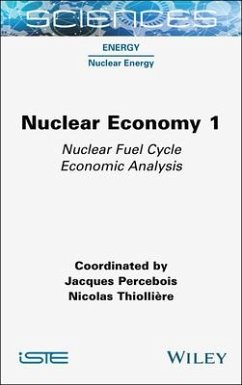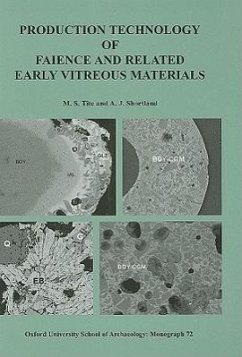
Nuclear Materials Under Irradiation
Versandkostenfrei!
Versandfertig in über 4 Wochen
145,99 €
inkl. MwSt.
Weitere Ausgaben:

PAYBACK Punkte
73 °P sammeln!
At every stage of the fuel cycle, the materials used are at the heart of nuclear energy safety issues. These materials, which range from steel to polymers, including ceramics, glass, concrete and graphite, are submitted to extreme stresses combining mechanical, thermal and irradiation constraints. The objective of this book is to provide a basis for the research of nuclear materials subjected to irradiation, with the desire to contextualize them in the industrial environment. Therefore, most of the chapters are co-authored and contain a mix of basic and applied research. The reader will find c...
At every stage of the fuel cycle, the materials used are at the heart of nuclear energy safety issues. These materials, which range from steel to polymers, including ceramics, glass, concrete and graphite, are submitted to extreme stresses combining mechanical, thermal and irradiation constraints. The objective of this book is to provide a basis for the research of nuclear materials subjected to irradiation, with the desire to contextualize them in the industrial environment. Therefore, most of the chapters are co-authored and contain a mix of basic and applied research. The reader will find chapters on nuclear reactor materials (structural materials, neutron absorbers, moderators and nuclear fuel) and on materials in waste management (glass, concrete and organic materials). These material chapters are complemented by more general information on defects and their creation, radiolysis and irradiation and characterization tools.














